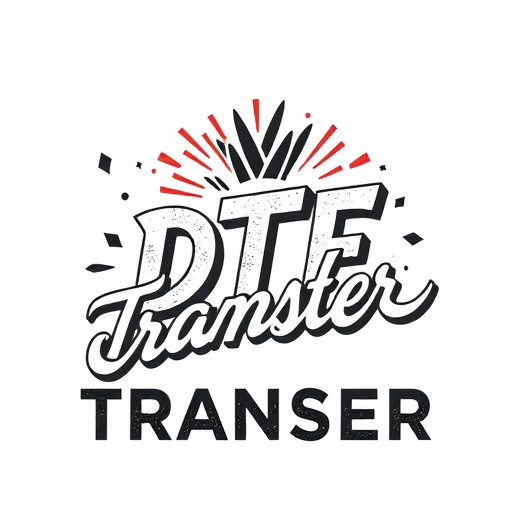Optimizing cold air intake (CAI) turbo compatibility is key to enhancing engine performance in turbocharged vehicles. A well-designed CAI boosts power by supplying cool, dense air, improving turbo efficiency and delivering a smoother power delivery with increased horsepower. Data on turbo spool improvement guides modifications like CAIs, ensuring compatible and efficient integration for better throttle response and fuel economy. This strategic approach, focusing on cold air intake turbo compatibility boost, enhances overall engine performance for both daily driving and track conditions.
Discover how optimizing your vehicle’s performance starts with understanding cold air intake (CAI) and turbo compatibility. In this article, we delve into the significance of turbo spool improvement data, a game-changer for boosting power and efficiency. From enhancing turbo response to unlocking hidden potential, these advancements revolutionize the driving experience. Learn how tailored CAI systems, combined with precise turbo tuning, can significantly boost your vehicle’s performance, ensuring a smoother, more powerful ride.
- Understanding Cold Air Intake and Turbo Compatibility
- The Impact of Turbo Spool Improvement Data
- Boosting Performance with Enhanced Turbo Spooling
Understanding Cold Air Intake and Turbo Compatibility

In the pursuit of enhancing engine performance, especially in turbocharged vehicles, understanding the intricate relationship between cold air intake (CAI) and turbocharger compatibility is paramount. A well-designed CAI system can significantly boost power output by ensuring a rich supply of cool, dense air to the engine, thereby maximizing the efficiency of the turbocharger. This is crucial as the turbo’s ability to compress air is directly linked to the incoming air temperature; cooler air is denser and provides more energy for combustion.
When integrating a CAI with a turbocharger, factors like air flow restrictions, pressure differentials, and heat transfer need careful consideration. Incompatible setups may lead to reduced engine performance or even damage due to excessive heat or pressure buildup. Therefore, ensuring seamless cold air intake turbo compatibility is essential for achieving optimal boost levels, improved throttle response, and overall driving pleasure.
The Impact of Turbo Spool Improvement Data

Turbo spool improvement data plays a significant role in enhancing engine performance, especially for vehicles equipped with turbocharged engines. By optimizing the spool response time, or the speed at which a turbocharger spins up to full boost, car enthusiasts and mechanics can achieve a smoother power delivery. This is particularly beneficial when combined with a cold air intake system, as it allows for more efficient air ingestion, resulting in increased horsepower and torque figures.
The data collected from various testing scenarios provides valuable insights into the optimal configuration for turbochargers and their corresponding engines. This information ensures that modifications like adding a cold air intake are compatible and enhance performance rather than causing issues. With a boost in efficiency, vehicles can offer improved fuel economy while maintaining or even increasing overall performance, making it an attractive option for those seeking a balance between power and economy.
Boosting Performance with Enhanced Turbo Spooling

In today’s quest for enhanced vehicle performance, many enthusiasts are turning to turbo spool improvement data and modifications. One key area of focus is boosting the cold air intake turbo compatibility, which can significantly impact overall engine efficiency. By optimizing the turbo spool response, drivers can expect smoother acceleration and improved power output. This is particularly beneficial for those seeking that extra kick in both daily driving and track conditions.
Enhanced turbo spooling achieves this through strategic modifications that ensure a smoother flow of cold air into the engine. This includes integrating high-flow air filters and optimized intake systems designed to maximize the potential of turbocharged engines. The result? A more responsive and powerful vehicle, offering an exhilarating driving experience with better fuel efficiency.
In understanding the symbiotic relationship between cold air intakes and turbochargers, leveraging turbo spool improvement data becomes a powerful tool for boosting performance. By optimizing these components’ compatibility, car enthusiasts can achieve enhanced turbo spooling, resulting in increased power and efficiency. This knowledge empowers drivers to make informed decisions, ensuring their vehicles not only deliver exceptional performance but also maintain reliability, especially when navigating challenging driving conditions.














